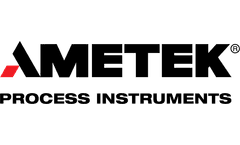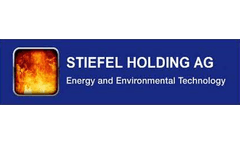Sludge Incineration Articles & Analysis
12 articles found
Generally, the moisture content of mechanically dewatered sludge discharged from sewage plants is still as high as 60%~80%, and the disposal methods such as composting, incineration and landfilling of sludge require further drying of the moisture content of sludge to 40%~50%, or even lower. ...
Generally, the moisture content of mechanically dewatered sludge discharged from sewage plants is still as high as 60%~80%, and the disposal methods such as composting, incineration and landfilling of sludge require further drying of the moisture content of sludge to 40%~50%, or even lower. ...
Generally, the moisture content of mechanically dewatered sludge discharged from sewage plants is still as high as 60%~80%, and the disposal methods such as composting, incineration and landfilling of sludge require further drying of the moisture content of sludge to 40%~50%, or even lower. ...
PROJECT BACKGROUND Project: Zhongke Ecology Wuzhong City Waste Incineration Sludge Disposal Project Sludge Type: Centralized Disposal Sludge Construction: Jan., 2020 Sludge Scale: 100T/D Completion: Mar., 2020 PROJECT OVERVIEW Equipment Selection: SBWHD40000'2 Dewatering Machine: Mechanical Wet ...
Therefore, it is an ideal method to treat sludge through incineration. Sludge drying and incineration way is more common in Japan, Europe and the United States. ...
Most standard heating processes including boilers operate with excess air (excess oxygen)—for example: Steam or power boiler Process heater Sludge incinerator Reformer furnace Recovery boiler, etc. Excess Fuel or High Millivolt Applications Oxygen or Combustibles from ZrO2 Some applications use the flue gas not only to generate heat, but also to ...
In 2003, the Swiss Law prohibited the use of sludge compost as fertilizer in farming; This provided the opportunity for UTO to co-incinerate the sludge in the two waste incineration lines. However incinerating the sludge in the two existing lines had a knock on effect of ...
Environmental Protection Agency (EPA) reports that more than 200,000 boilers, process heaters and incinerators will be impacted by a set of Clean Air Act regulations issued on February 21, 2011. ...
Thermal processes used in sludge disposal have become more attractive as process improvements have been introduced, such as power generation and efficient heat recovery. More and more utilities and agencies are reevaluating their sludge management practices to ensure that they are providing sustainable management solutions for their clients. ...
Abstract A proposed solution of a raw sludge incineration plant had been identified to meet the changing sludgestrategy requirements of United Utilities (a major UK water company) from 2005 – 2010. ...
IntroductionThe city of Fitchburg, Massachusetts operates a multiple hearth incinerator that burns municipal sludge to minimize waste volumes. Although not universally used by municipalities in the United States, incineration is a widely accepted and used method of sludge disposal. ...
ABSTRACT Fluid bed incineration has been used as a sludge disposal method at the Northwest Bergen County Utilities Authority since 1969 when the first incineration unit was installed. ...












